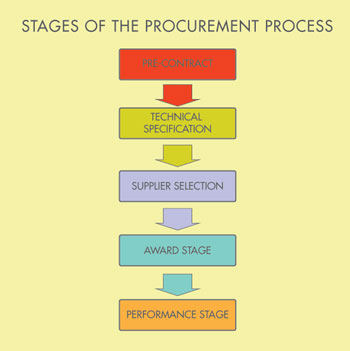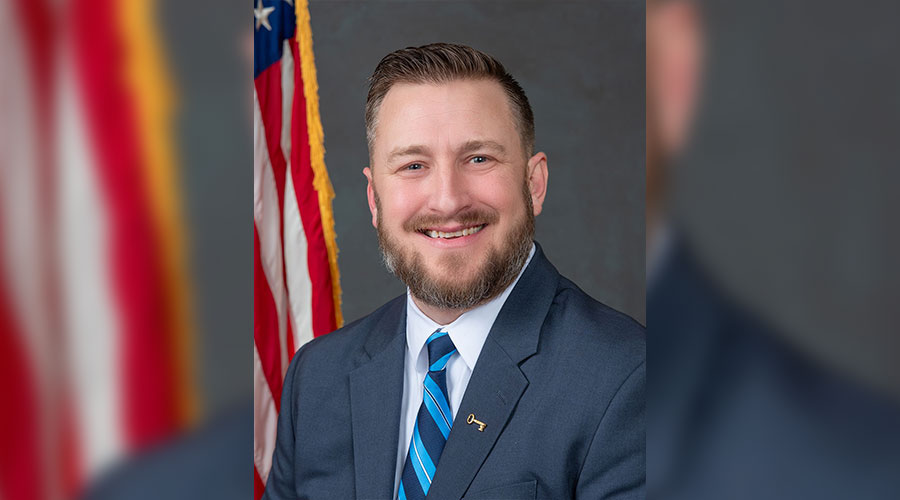Managing Outsourcing: Structuring the Contract Transition
Part 3 of a 5-part article on making outsourcing changes and transactions run smoothly

3: Structuring the Transition
Transition approaches vary as much as the companies that procure and provide them. There are no national or international norms when it comes to this process. There are, however, current ISO facility management guidance standards under development that will address common global approaches to strategic sourcing and facility management agreements.
Facility managers should take the best of the current practices and create a model that could be most effective. To build on a base of process, let’s review a short synopsis of a government example. The process can be transferred to the private sector as well.
Contract Transition Planning — Address the plan for transitioning from an existing service provider to a new service provider or contract type and the plan for ensuring that government-furnished items, property, or information are accounted for. (The existing service provider is responsible for reconciling discrepancies.) Include transition strategies, schedules, and identification of the individuals responsible for facilitating a smooth transition.
Method for Monitoring Objectives — Describe the methods for monitoring and evaluating the performance-based objectives. The quality assurance surveillance plan addresses the methods for monitoring performance against the contract. This section should address service provider oversight (field inspections, monthly assessment of project status, contract administration, deliverable reports, budgetary data, physical inspections, etc.). Also, identify the roles and responsibilities of the individuals involved in monitoring and evaluating the performance-based objectives.
Inspection and Acceptance Process — Discuss the strategy for ensuring that contract requirements conform to quality assurance provisions and address roles and responsibilities of individuals involved in this process. Also, reference contract sections that address inspection and acceptance.
Invoice Review — Discuss the plan or process (instructions, certifications, documentation, etc.) for reviewing and approving invoices; reference the invoice requirements in the contract. Also, discuss the roles and responsibilities of individuals directly involved in the process.
Agreements with State, Community, or Other Entities, Including Sub-service Providers — This section should address any partnering agreements (Resource Conservation and Recovery Act permit, Clean Air Act operating permit, State Environmental Policy Act, etc.) with the state, community, or other entities the service provider must comply with in meeting the requirements of the contract. This section should also identify the parties responsible for fostering these agreements, and include full disclosure of any sub-contracts that will also need to transition under the new agreement. Communication with them as to the expectations of the clients will be imperative and is the responsibility of the lead project manager of the main contract.
While the government can have very specific requirements, its basic approach is very solid. Other items to be sure to include are: sample of deliverable matrix, detailed transition plan, and a risk mitigation plan. Complete and accurate data from a CMMS or IWMS program is extremely helpful, almost imperative, when transitioning from one provider to the next. If the facility manager knows exactly what equipment exists and its condition, this will affect the pricing proposed by the service provider and give the latter a great foundation for its O&M plan. It is important to discuss the ownership of data, data standards, system configuration to enable data analytics and KPI dashboards, and access to either owner-provided or service-provider-provided systems.
Teena Shouse, CFM, IFMA Fellow, is vice president of corporate services at Facility Engineering Associates. She has over 26 years of experience in service-related fields, mainly facility management. She can be reached at teena.shouse@feapc.com.
Related Topics:
















